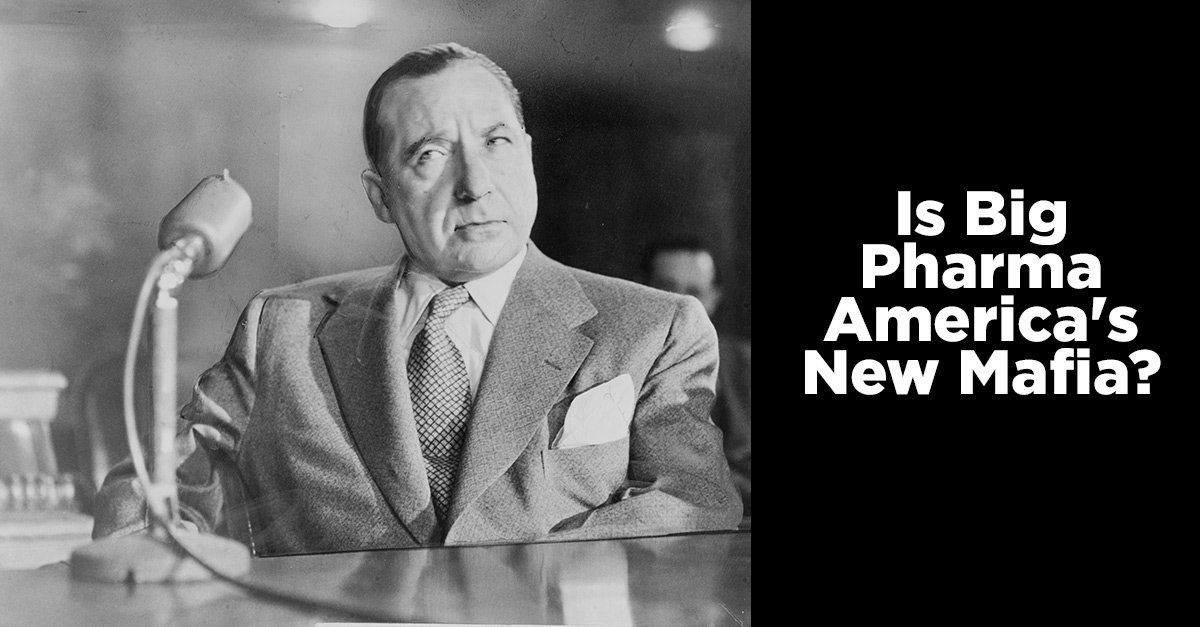By Daniela Drake • From The Daily Beast
By now you have probably seen John Oliver’s comic take on the pharmaceutical industry’s influence on doctors’ prescribing habits. Media outlets from Mother Jones to the Wall Street Journal commented admiringly, and even the American Medical Association felt compelled to declare they were “committed to transparency” around drug company payments to doctors.
But satire will do very little to focus on the real problem if we’re distracted by the humor inherent in self-important doctors being bought off by a steak. What’s not funny is that America is the most medicated nation on earth, with some 70 percent of Americans taking prescription drugs—yet we have worse health outcomes than other industrialized countries. Part of the problem may be the drugs themselves. As Slate’s devastating expose on the fraud in clinical drug trials shows us: We don’t know much about the drugs we prescribe.
But as physicians, we have very little good information to go on. Even our most prestigious journals publish research based on falsified studies, according to Charles Seife, a journalism professor whose class spent a semester trying to figure out why the data don’t get corrected once research fraud comes to light. “As a result,” Seife writes, “nobody ever finds out which data is bogus, which experiments are tainted, and which drugs might be on the market under false pretenses.”
If no one knows which data is bogus, we obviously have a big problem in conventional medicine. Perhaps we shouldn’t be so focused on marketing shenanigans, and more concerned about the original study data before something becomes standard of care. Standard of care, of course, is driven by “research” that is incorporated into academic guidelines and is the basis of customer demand.
Understanding consumer demand takes very little study—just turn on the TV. Every year pharmaceutical companies spend over $3 billion on direct-to-consumer ads. These ads work: a patient who requests a specific drug will get it most of the time. (We are, by the way, the only country besides New Zealand that allows this.) But the question of how something becomes part of a recommended guideline is less obvious—and has a lot to do with pharmaceutical money paid to academic physicians in research and consulting fees.
Many of these physicians “leaders” then get to influence prescribing practices—since researchers and consultants are, well, experts. Consider the 2004 Cholesterol guidelines that resulted in an explosion in the use of statin drugs—eight out of nine of the doctors who wrote those guidelines were in receipt of money from statin manufacturers. The Harvard psychiatrist credited with hyping the use of stimulant drugs for ADHD—that has resulted in nearly 15 percent of our youth being medicated—received $1.6 million from producers of stimulant drugs. Prestigious medical journals—the ones that often define medical guidelines—allow physicians consulting for pharmaceutical companies or paid medical writers to extol the virtues of the drugs they are selling.



